CONTENTS
Introduction
Chapter One:
The Varieties of Islamic Culture
Arabs
Bedouins
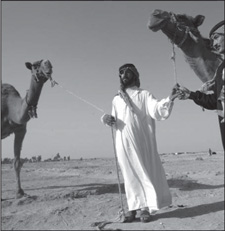
Bengalis
Hausa
Javanese
Kurds
Malays
Persians
Sundanese
Uighurs
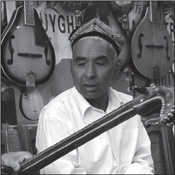
Uzbeks
Chapter Two:
Islamic Arts: Introduction and General Considerations
Chapter Three:
The Mortar of Islamic Culture
Arabic Language
Arabic Calligraphy
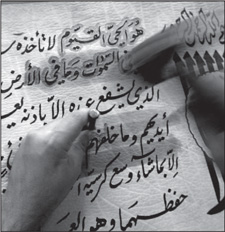
Chapter Four:
Islamic Literatures
Nature and Scope
The Range of Islamic Literatures
Islamic Literatures and the West
External Characteristics
Rhyme and Metre
Genres
Imagery
Skills Required of the Writer
Historical Developments:
Pre-Islamic Literature
al-Khansa’
Poetry
Prose
Early Islamic Literature
Age of the Caliphs
Umayyad Dynasty
The ‘Abbasids
Abu Nuwas
Achievements in the Western Muslim World
Decline of the Arabic Language
Middle Period: The Rise of Persian and Turkish Poetry
The New Persian Style
Turkish Literature
Yunus Emre
Persian Literature: 1300–1500
Jami
Popular Literature
The Thousand and One Nights

The Period from 1500 to 1800
Decentralization of Islamic Literatures
New Importance of Indian Literature
Ottoman Turkey
European and Colonial Influences: Emergence of Western Forms
The Rise of Nationalism
Arab Literatures
Taha Husayn
Turkish Literatures
Persian Literatures
India: Urdu and Persian Literatures
The Modern Period
Prose
Orhan Pamuk
Poetry
Mahmud Darwish
Chapter Five:
Islamic Visual Arts
Origins
Earlier Artistic Traditions
The Mosque
The Prohibition Against Images
Early Period: The Umayyad and ‘Abbasid Dynasties
Architecture

Decorative Arts
Assessment
Middle Period
Fatimid Art (909–1171)
Seljuq Art
Western Islamic Art: Moorish
Mamluk Art
Mongol Iran: Il-Khanid and Timurid Periods
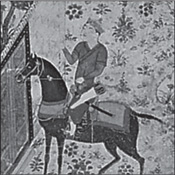
Late Period
Ottoman Art
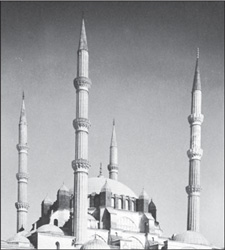
Sinan
Safavid Art
Mughal Art
Islamic Art Under European Influence and Contemporary Trends
Evaluation
Conclusion
Glossary
For Further Reading
Index







